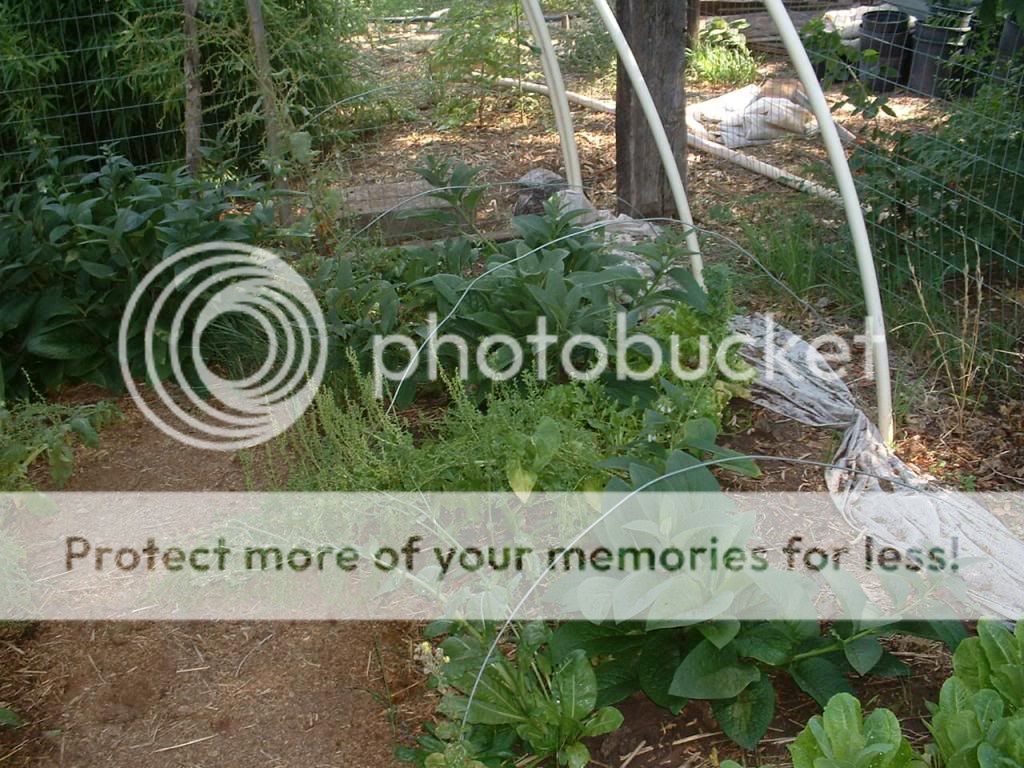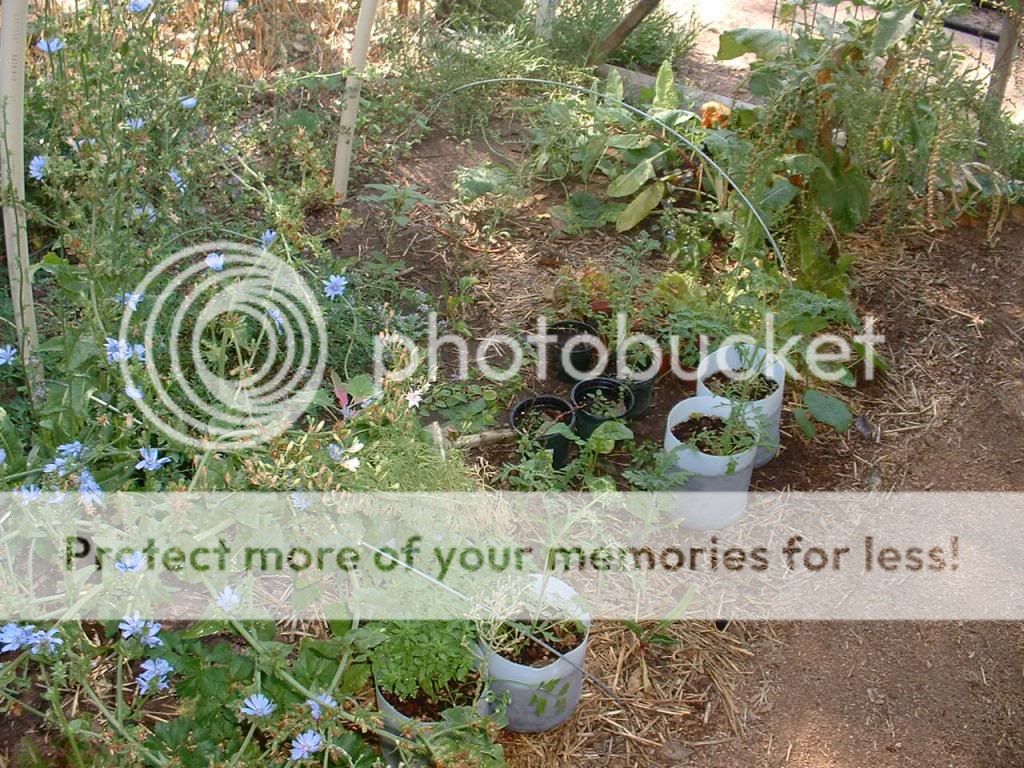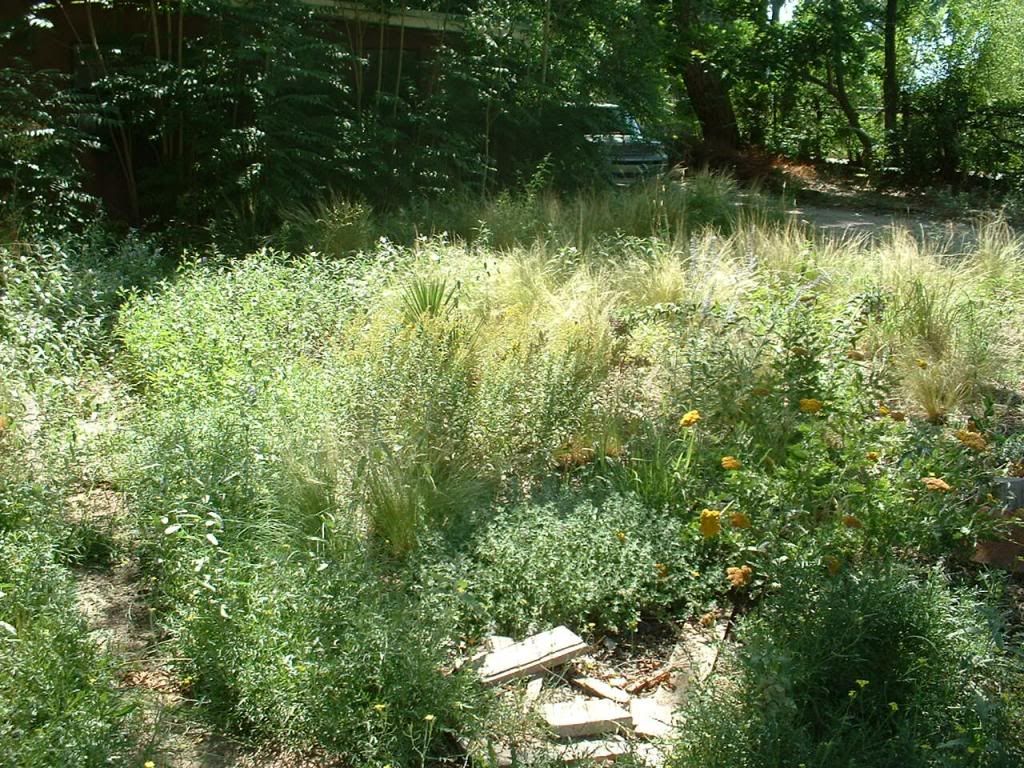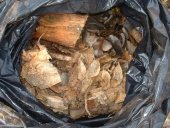I would love to take credit for all the hard work, but Michael has done most of the restoration. He started by planting wild sunflowers, and letting the Siberian elms grow as much as they wanted, and covering the ground with horse manure. Michael's wife is passionate about rescuing horses so there is no shortage of manure. He chopped and dropped the sunflowers (an important source of "slow" mulch lignin and "fast" mulch cellulose. The same is true for the Siberian elm, "fast" mulch leaves and "slow" mulch twigs and branches. As a pioneer plant the Siberian elm is always dropping twigs and branches. The tall sunflower and Siberian elm helped to shade the ground, decreasing evaporation and cooling ground temperatures. At the same time Michael is quite familiar with many hardy grasses. I can't name the ones he used but he established some tall (~ 4 ft) perennial grasses. He used the grasses to form wind fences around certain areas of the property creating microclimates.
He also let the weeds grow, die, and build soil. Michael would slowly replace the plants he didn't want with those he did.
One of his most recent projects was the irrigation channels in the abandoned horse paddock. He gets irrigation water which he used about 3 times a year to help establish trees. Once the trees are established they must rely on rainwater. The irrigation channels are in a honeycomb shape to maximize water distribution to the newly started trees. The irrigation water is not guaranteed and is often shut off, but he does have a well to get the trees established.
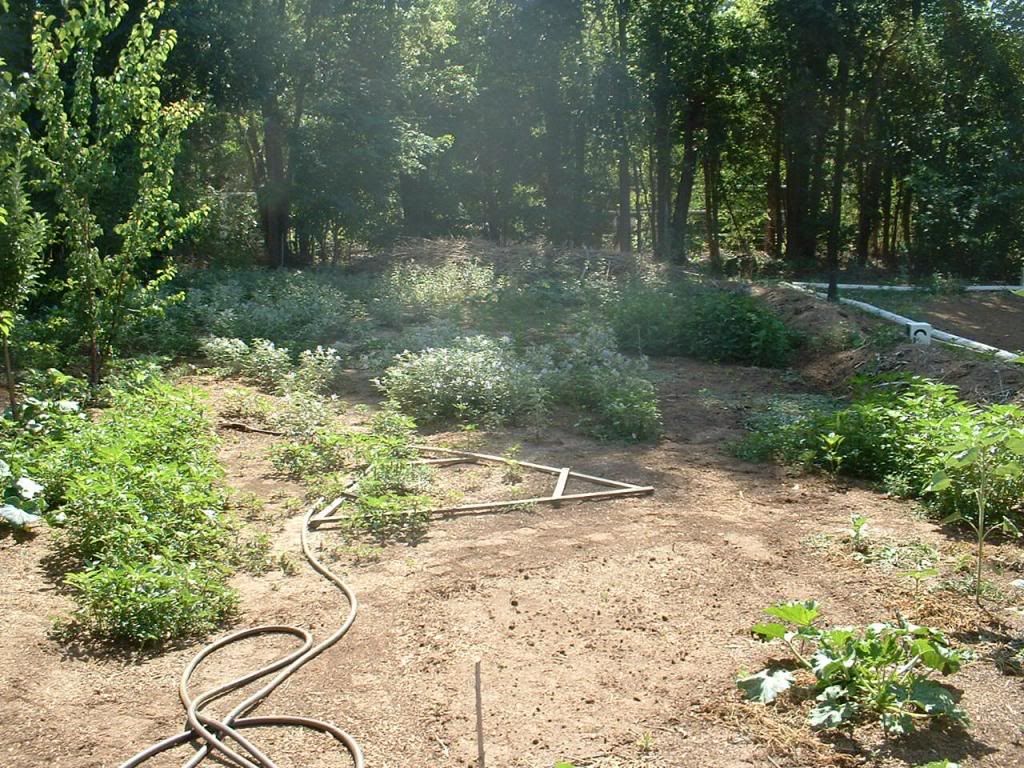
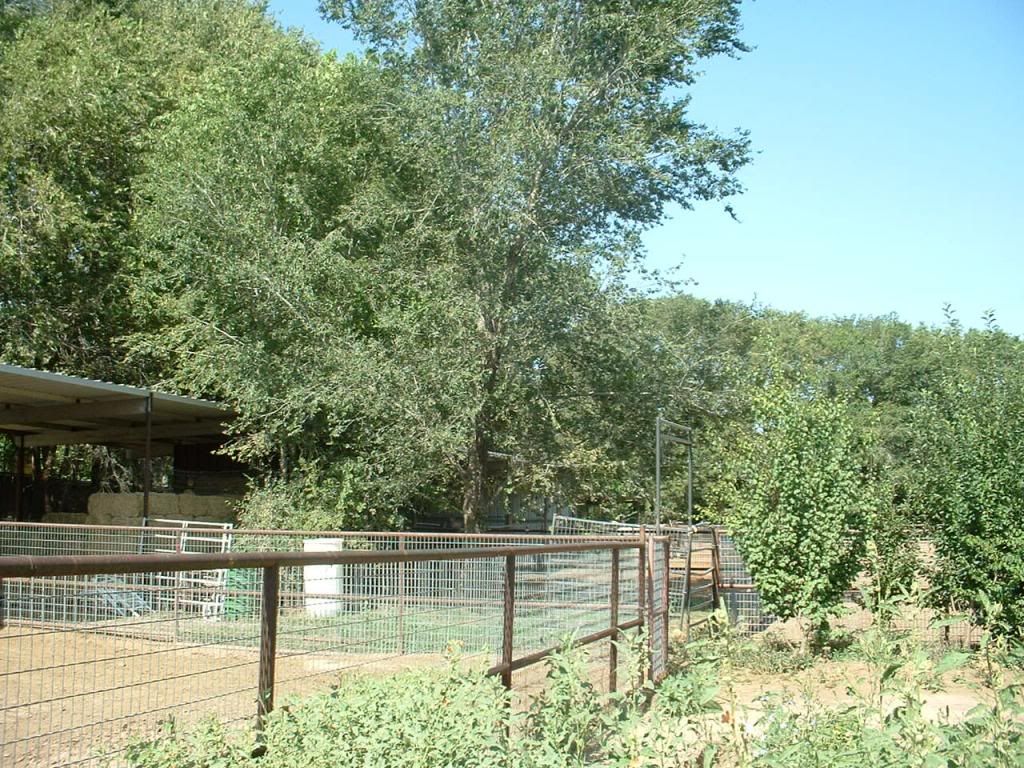

Michael is crazy for apple trees and has about a hundred different apple tree varieties. His larger goal is to find which apples are best suited for our changing climate, what microclimates and soils they prefer and maintain the trees for genetic stock.
Some of the plants I can name on his farm:
sunflower, Jerusalem artichoke, desert mallow, bind weed, goatheads, Siberian elm, alfalfa, plums, apples, fruiting mulberry, bamboo, grasses (lots), arundo donax, datura, pumpkin, squash, cucumber, sorghum grain/sweet, Johnson grass, Nanking cherry, nettle, comfrey, currants, pagoda tree, holly hock, arugula, lettuces, garlic, onion, sage, mint, cherry and lots more.

 2
2






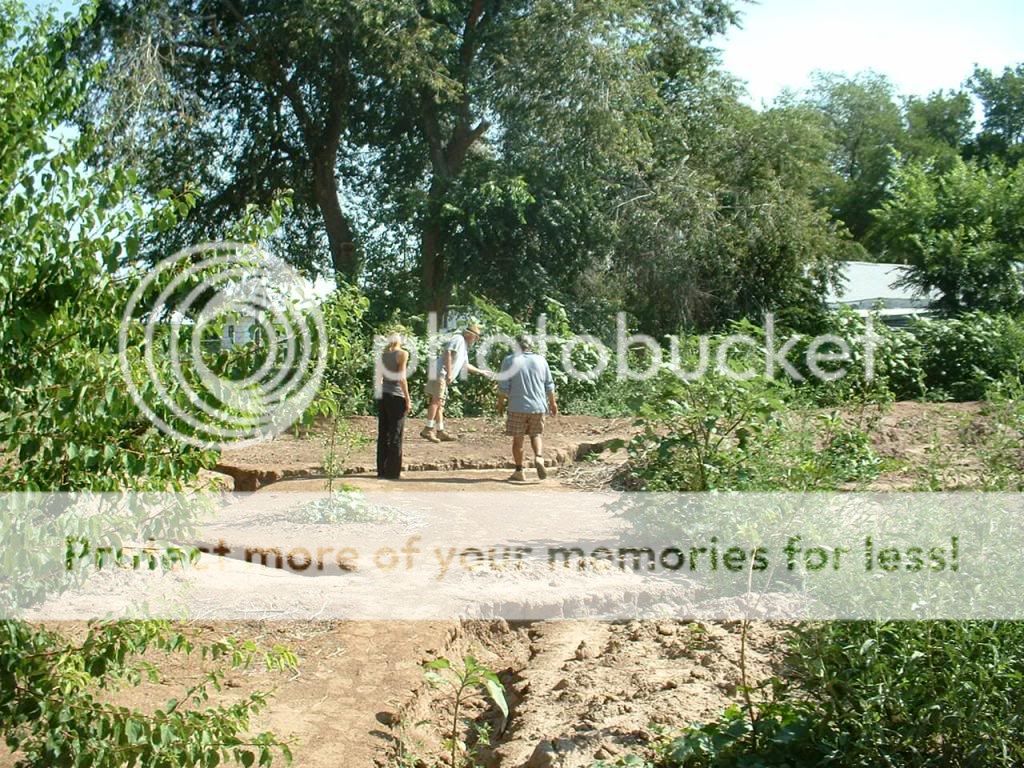





















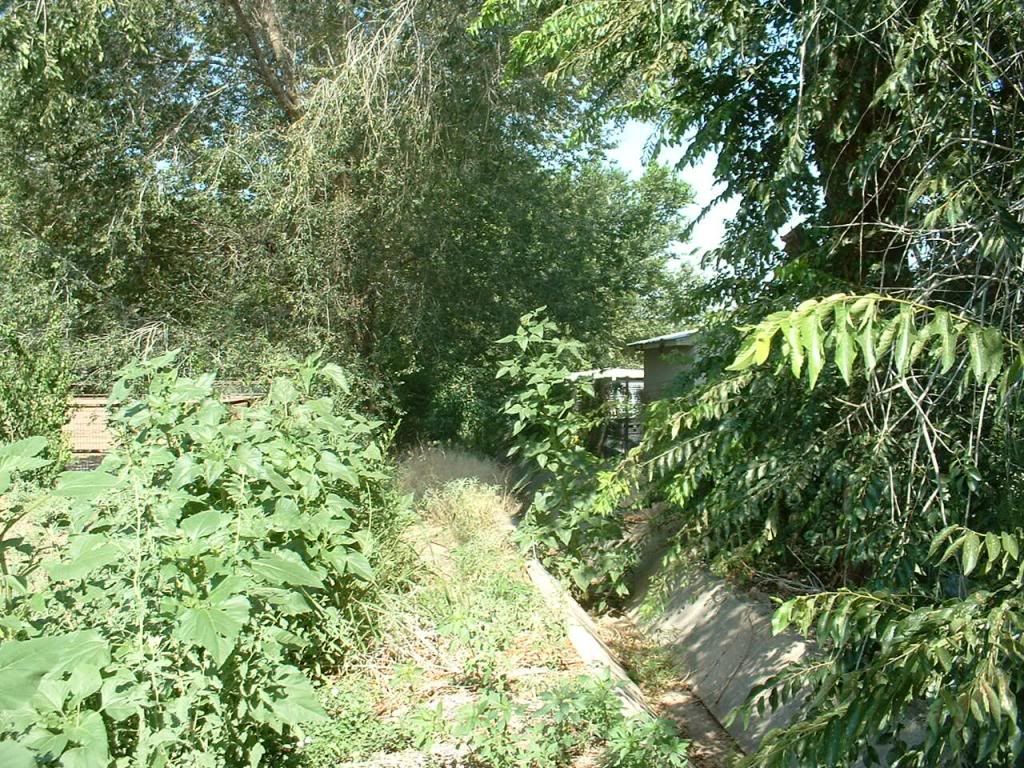
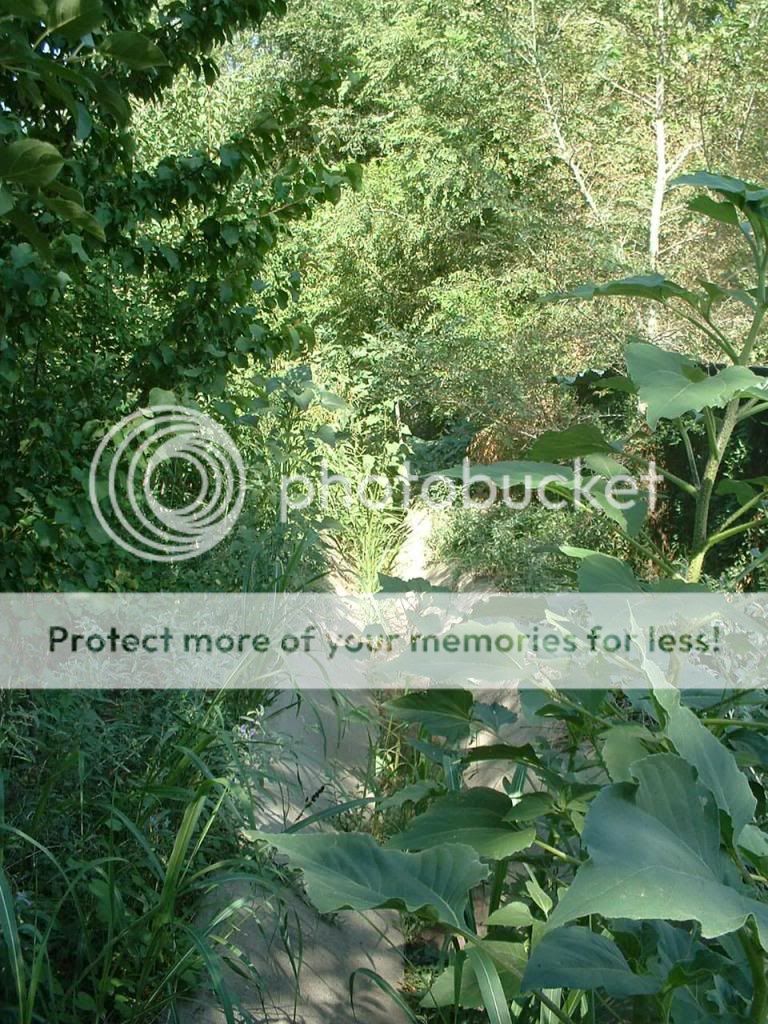
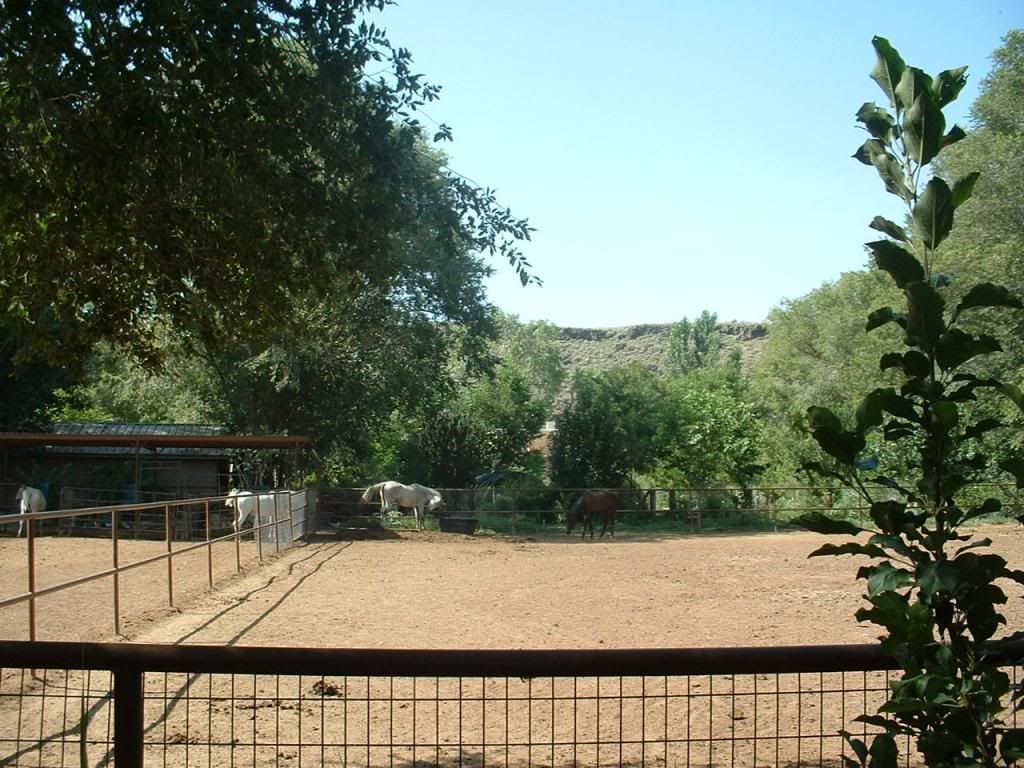










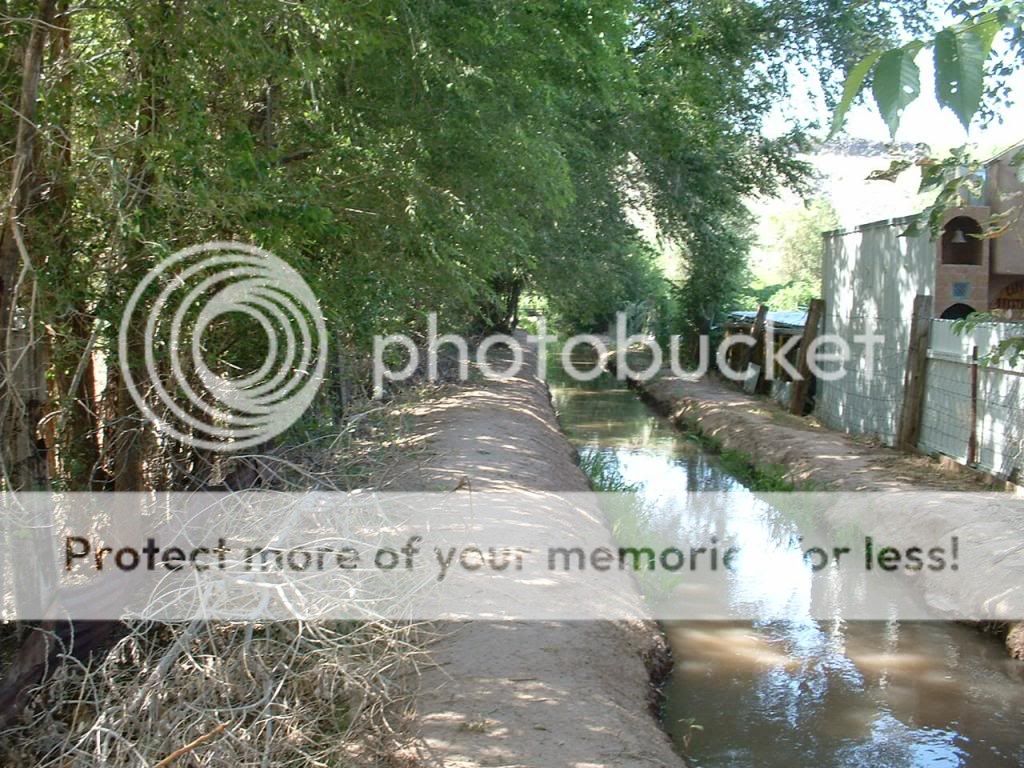
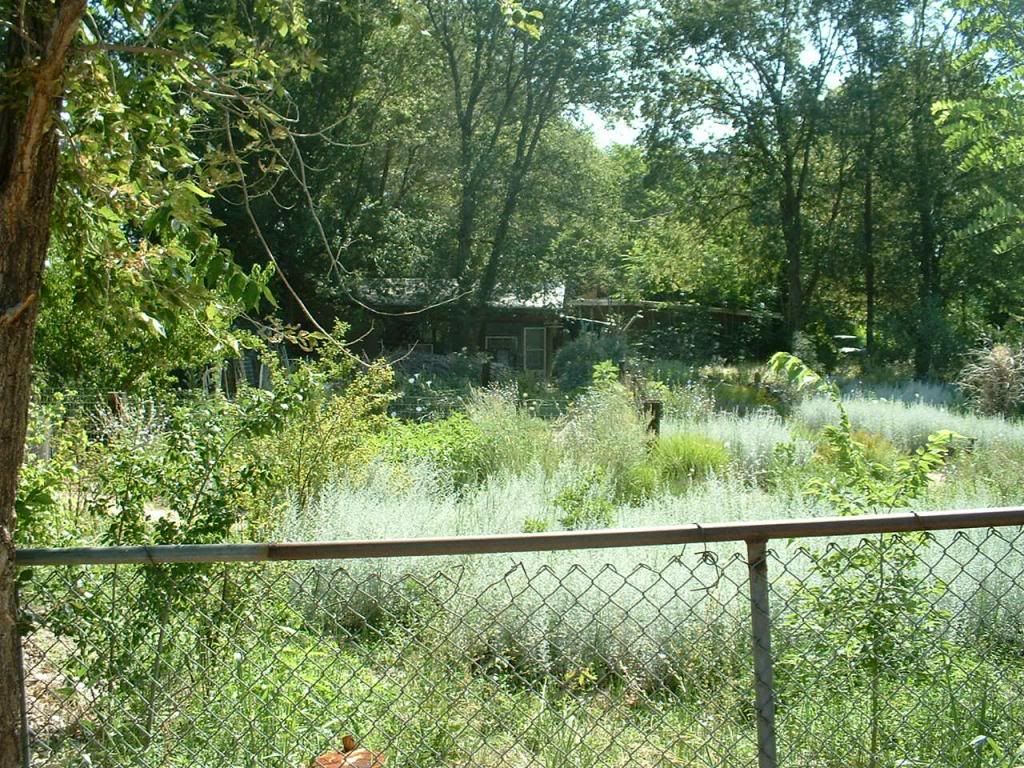







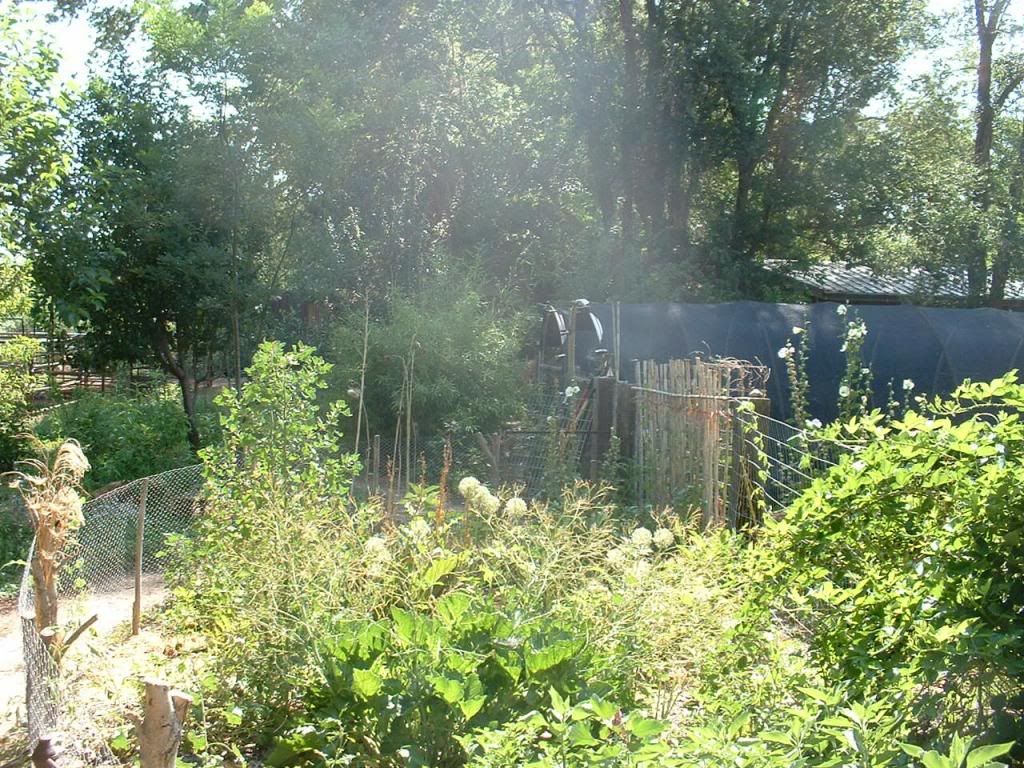
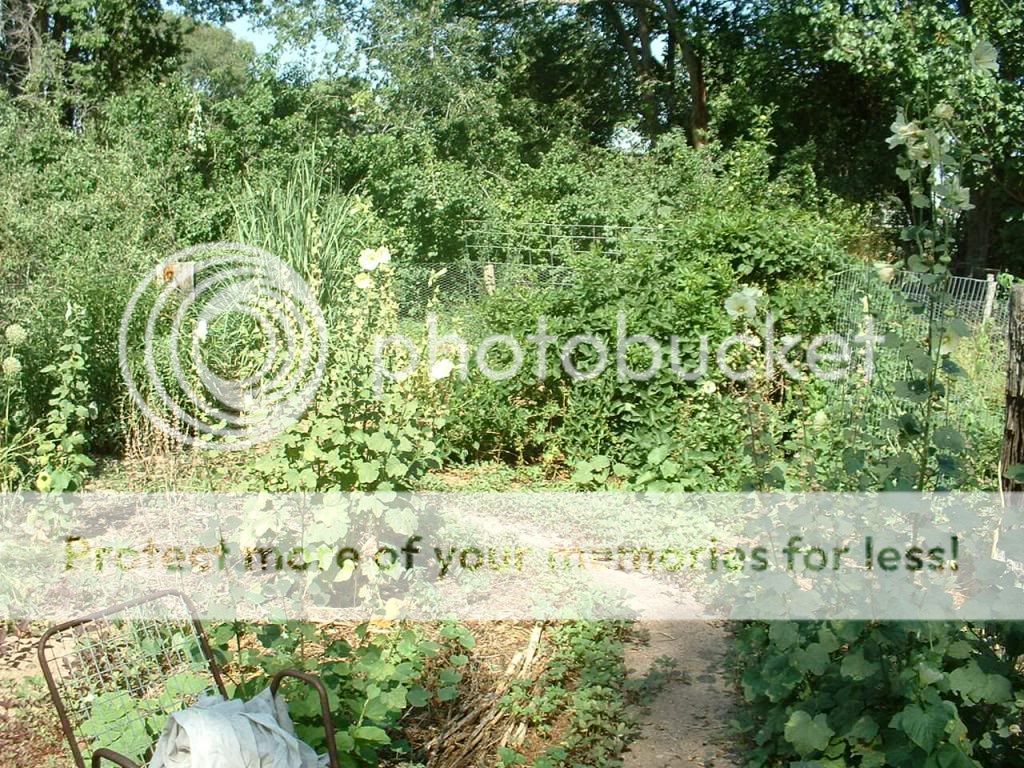





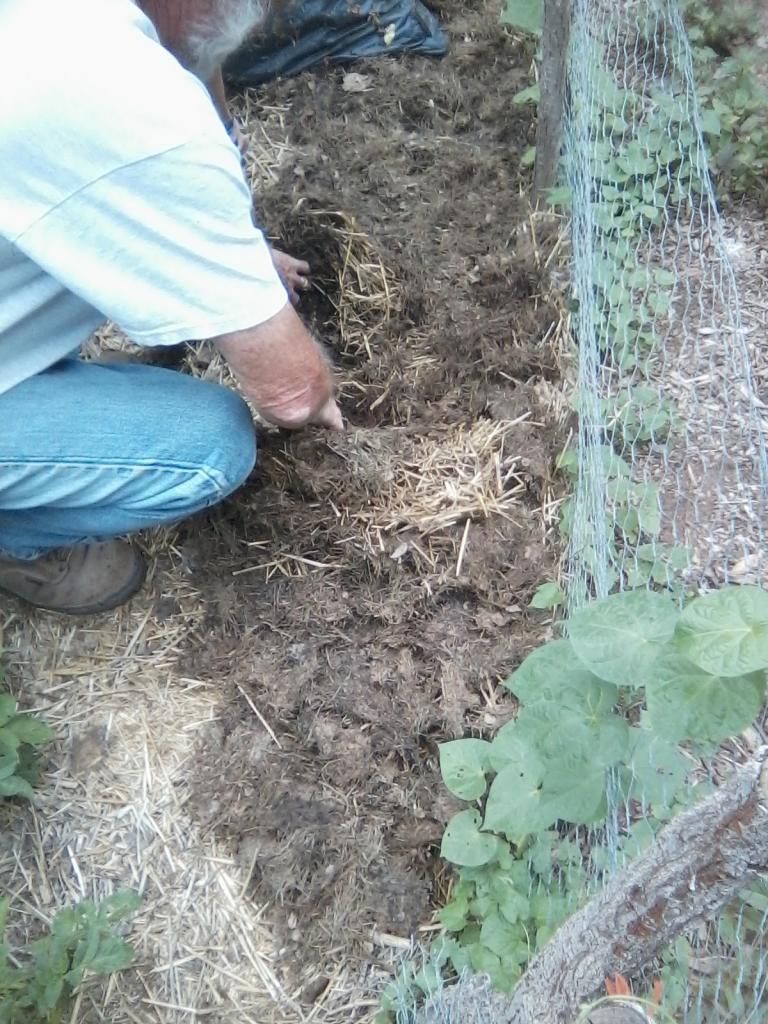
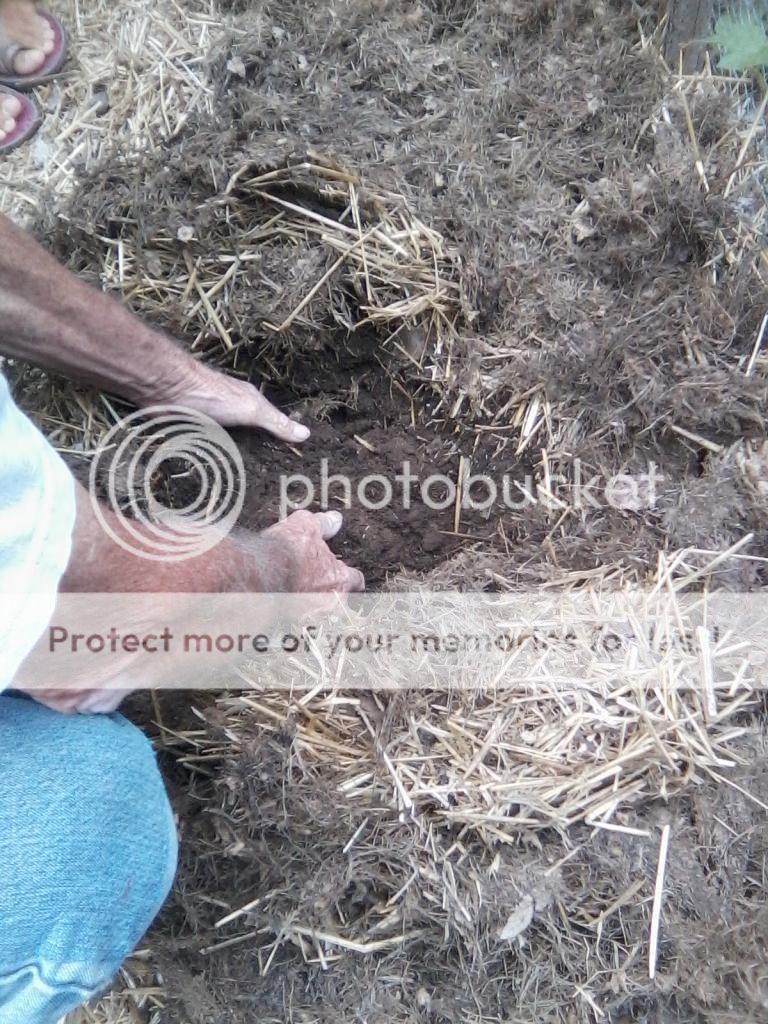
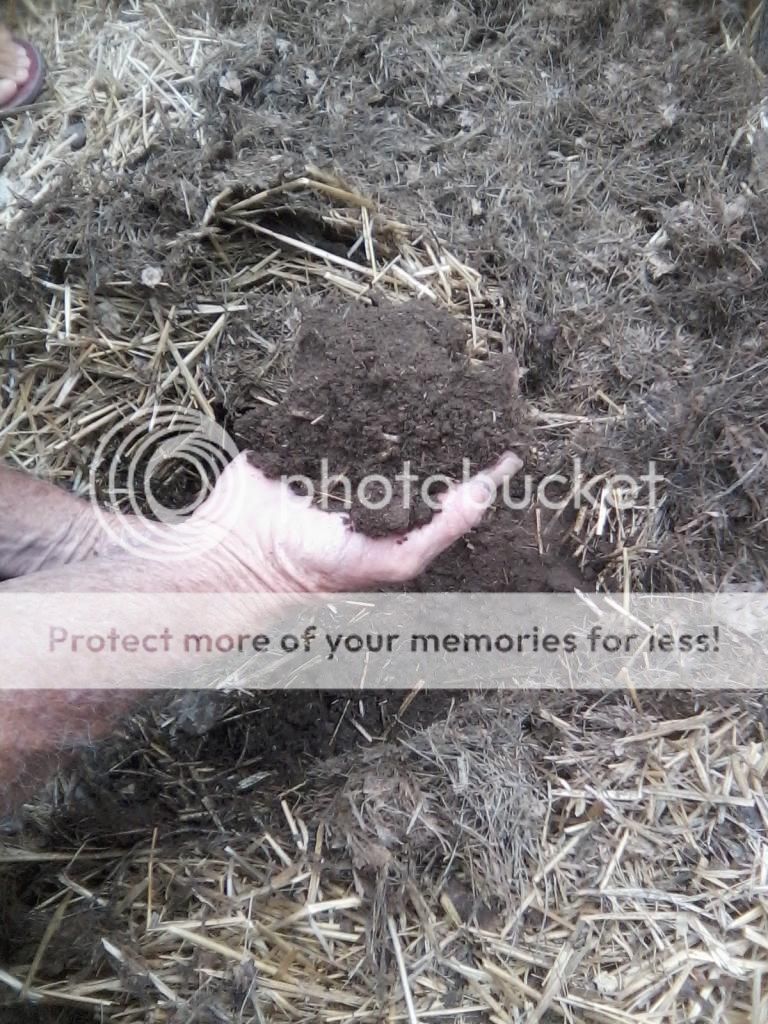






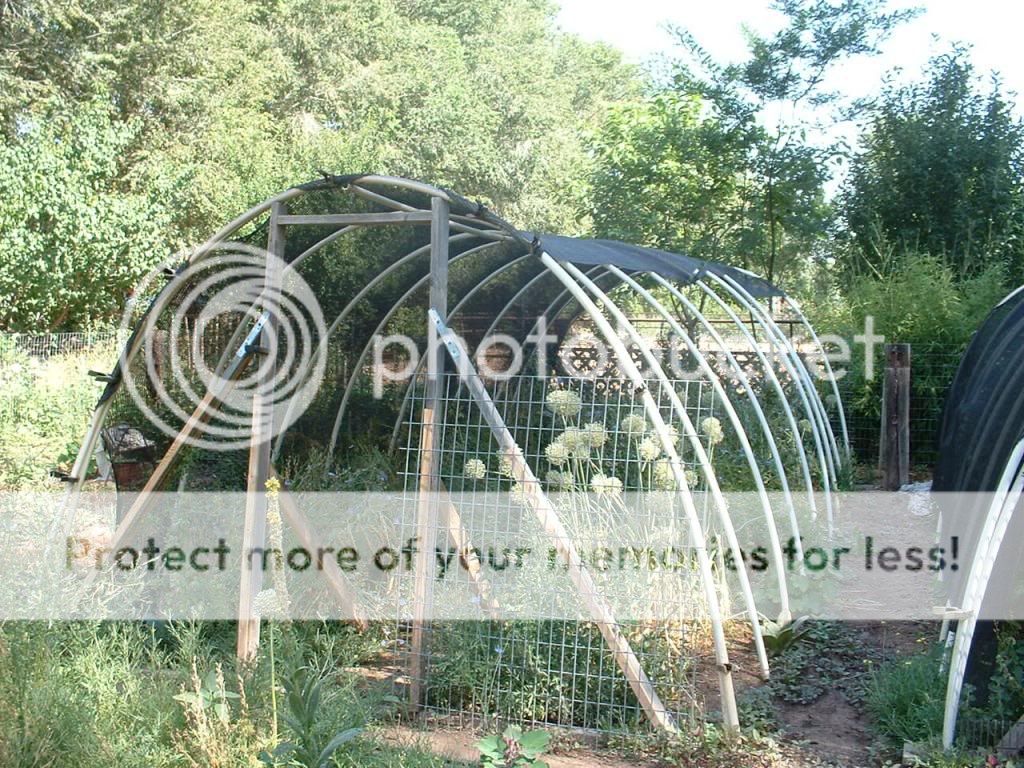
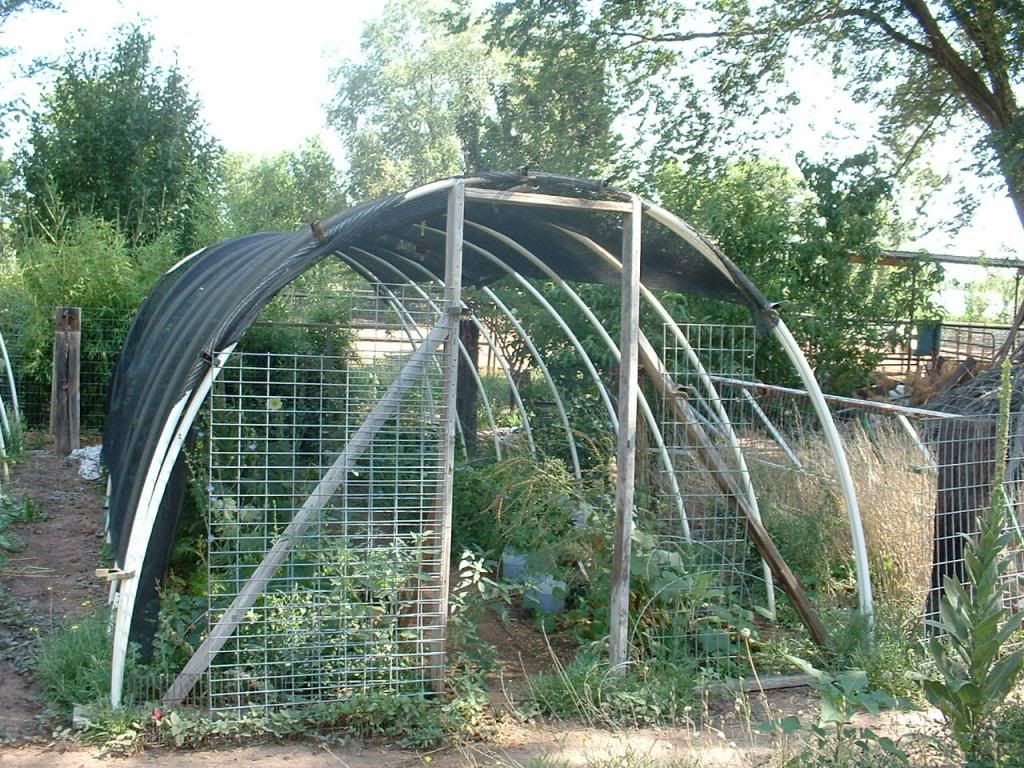





 1
1




